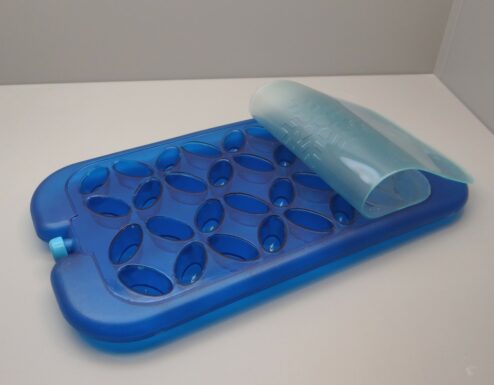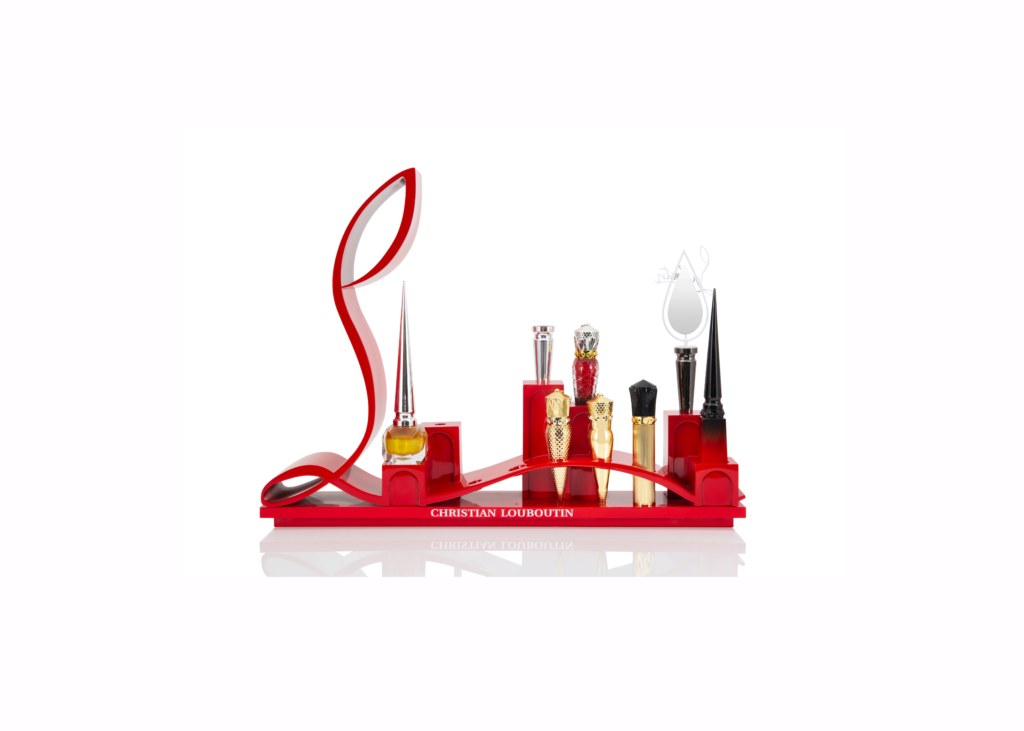Vacuum casting is a manufacturing method used to produce parts using a silicone mold and epoxy resin. This technique is often used to produce small series and prototypes, as it offers high levels of detail and flexibility in the choice of materials. This technology is widely used by our experts at Axis for mini-production runs of between 10 and 100 parts, for example.
How is vacuum casting used for mass production?
The vacuum casting process begins with the creation of a model of the part to be produced. This model can be created using a variety of techniques, but we mainly use stereolithography for maximum quality.
Once the model has been created (the master), a silicone mold is made from the model. The mold is then used to create copies of the part by pouring epoxy resin into the mold. Once the resin has cured, the part is removed from the mold and can be reworked to achieve the desired level of detail.

A wide range of materials, textures and mechanical properties...
Vacuum casting is particularly useful for producing parts with complex details, such as textures, ribs and deep recesses. Using silicone molds, we can reproduce fine, intricate details with great precision and in a wide variety of materials.
The epoxy resin used can be reinforced with fibers to improve the strength and durability of the part produced. We can also add pigments to the resin to obtain the desired color for the part. This makes it possible to produce parts in a wide variety of colors without the need for additional painting or finishing, and to have mass-tinted parts.
What can we expect from Global Industrie 2023?
In the end, vacuum casting makes it possible to produce small batches of the same quality as those obtained with a more conventional approach such as injection molding, but with greater flexibility, speed and lower cost (as there are no rigid molds to produce). In fact, it’s generally a good way of validating a concept before going into mass production (and thus embarking on the production of an expensive mold).
At Axis, we often use this technique for our customers, such as Louboutin, who commissioned us to produce a series of display units (photo below).

If you’d like to find out more about this technology, please visit our dedicated page or contact one of our experts to define your project in more detail.
